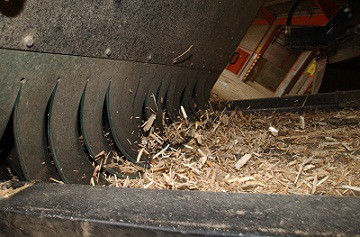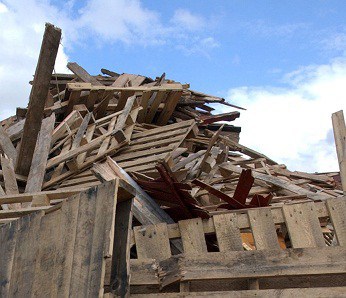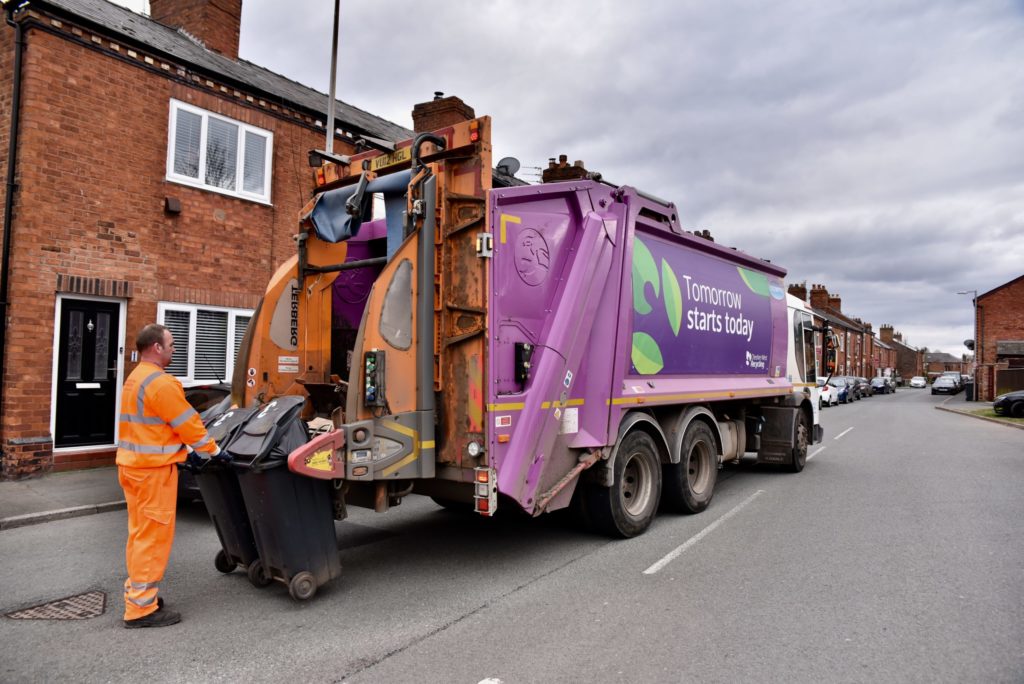Later this month, the Environment Agency and Waste & Resources Action Programme are due to publish a draft Quality Protocol for untreated non-virgin wood which will set at point at which this material can be classed as a product rather than a waste thereby freeing it from waste regulation and boosting market confidence in waste wood products.

The project was resurrected in 2009, alongside work to develop the much-needed standard for waste wood, but again it hit a number of stumbling blocks due to concerns over the diverse nature of waste wood and the risk that contaminated material poses to the environment. Case law also meant that material could only be classed as a non-waste if it met the standard of its virgin equivalent.
Despite these problems, the Agency and WRAP persisted and are now close to creating a protocol, albeit one which is limited to untreated material.
Roger Hoare, waste protocol programme manager at the Environment Agency, says: We are making good progress with the Quality Protocol, working with industry. At this stage it still covers untreated waste wood. We are trying to work with industry to support it as far as we can while still protecting the environment.
A draft protocol is due to be published for consultation by mid March. The consultation will last six weeks and then it will be amended at which point a more final draft will be produced. This will then be sent for approval in Europe for three to six months and we hope to publish it finally in the autumn.
Challenge
While details of the protocol are still under wraps, Mr Hoare says that the main challenge is identifying what waste wood is clean and what is not. While the two can usually be distinguished through visual inspections, some contaminants are invisible but still potentially pose a threat to the environment. The Agency, he explains, is taking a cautious approach.

The lists of what input materials will be accepted under the Quality Protocol, as well as what end markets it will serve, is yet to be finalised, but the Agency knows broadly what the document will cover.
The Quality Protocol will have restrictions on inputs and ways in which the process works and sampling, Mr Hoare explains. We will create a standard for sampling to ensure there are no contaminants.
PAS 111
To underpin the Quality Protocol, WRAP has funded the development of a wood recycling standard which is the first of its kind for the sector. Launched in draft form in January, this is due to be published in final form later this month and is designed to create more consistency in the way waste wood is accepted, graded and processed.
At present, acceptance criteria often vary from customer to customer and a lack of uniformity is seen as a barrier.
The draft PAS 111 establishes a minimum set of criteria and processing requirements which wood recyclers have to meet if they are to sell their products to secondary markets.
These include: panelboard manufacture; biomass energy generation; animal bedding; mulches and soil conditioners; equine surfaces; and, pathways and coverings.
The steering group driving its development includes: AfOR; the Wood Recyclers Association; the Wood Panel Industries Federation; Wood Protection Association; Timber Research and Development Association; Sembcorp Utilities (UK); SITA Power; National Farmers Union; Hadfield Wood Recyclers, Fichtner Consulting Engineers Ltd; Consulting With Purpose; AW Jenkinson Forest Products; and, the Environment Agency.
Bhavisha Patel, project manager at the British Standards Insititute, who has helped to develop the standard, comments: We hope it will make a big difference. We have got key players on the steering group who are supporting this and publishing it.
Landfill
Latest figures show that around 4.5 million tonnes of waste wood is generated by households and businesses in the UK each year and of this, approximately two million is recovered or recycled.
It is hoped that both the wood Quality Protocol and PAS 111 will help divert more of this from landfill by boosting customer confidence in recycled wood products.
Jeremy Jacobs, managing director of AfOR, says: Wood waste recycling will offer significant opportunities for some AfOR members in the production of outputs for energy from biomass, animal bedding and mulches for porous-surface and sealed-surface applications such as play surfaces.
Wood waste constitutes a significant volume of material currently landfilled, and the PAS 111 and the Quality Protocol for wood standard will assist in making better use of wood resources.
Both the Quality Protocol and PAS 111 represent the start of a roadmap process which it is hoped will lead to the eventual development of a quality protocol covering all waste wood. The Department for Environment, Food and Rural Affairs, WRAP and the EA met with industry last month to discuss this approach.
Mr Hoare says: We see this as the starting point of maximising the sustainable use of waste wood and helping to reduce the amount of waste wood going to landfill.
Timeline of publication dates
| January 2011 |
Draft BSI PAS 111 |
|---|---|
| March 2011 |
Draft Quality Protocol for untreated wood waste Final BSI PAS 111 |
| Autumn 2011 | Final Quality Protocol for untreated wood waste |











Subscribe for free